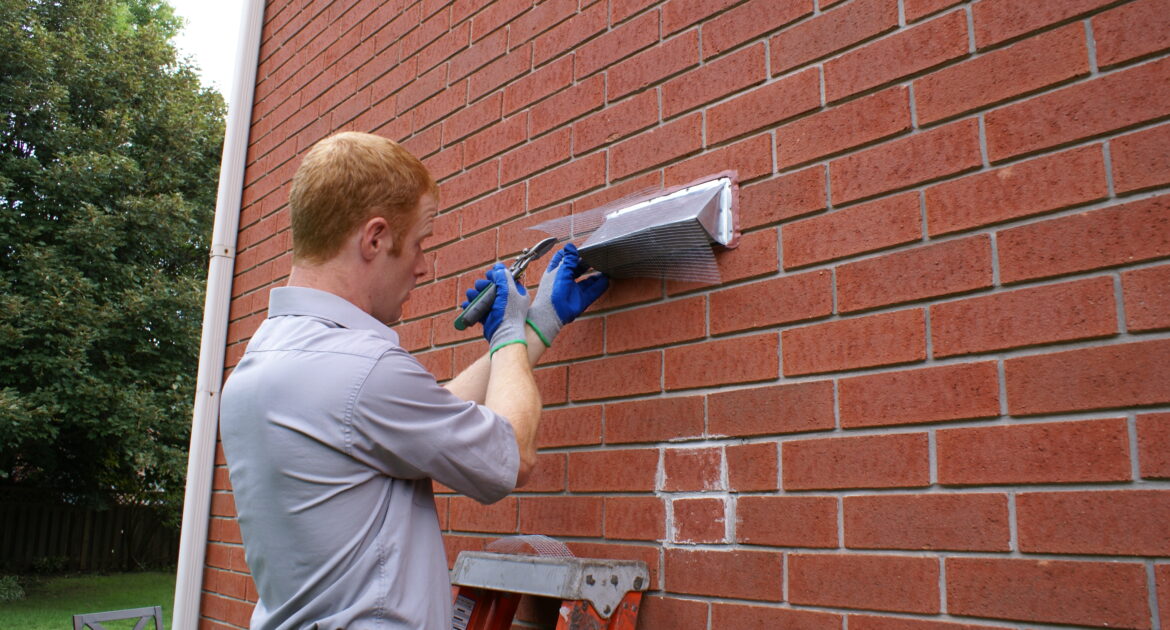
Wildlife can enter a property through different entry points. These can include manufactured items, structures, and surrounding areas. To prevent wildlife from entering a property, you can use animal-proof fencing. A wildlife-proof fence is made of low-impedance wire or mesh installed around the property’s perimeter. It is important to keep animals and people away from the perimeter of the fence.
One-Way Door
In buildings, one-way doors are a great option for wildlife exclusion Sacramento, CA. Not only will they keep wild animals out, but they will also prevent further damage and health hazards. They can also be installed on the chimney cap to prevent critters from entering. While getting rid of wild animals can be challenging, one-way doors can be an effective solution.
One-way doors are relatively inexpensive to buy and easy to install. However, you should be aware of the dangers of DIY wildlife removal. Knowing when to install a one-way door is crucial so that you don’t accidentally kill or starve a wildlife baby. If you’re planning on removing the animals during baby season, it is important to consider when to install one. If you install a door during baby season, you may endanger the wildlife and have to remove the babies yourself. It would help if you also remembered that it’s not legal to relocate or trap bats.
Builder’s Gap
Wildlife exclusion measures are important to help prevent the entry of bats, squirrels, and other animals into your home. These creatures often chew through the gaps in your gutter line, gable vent, or attic. They can also enter through cracks in the foundation of your home. There are many possible causes for the builder’s gaps in your gutter line.
One of the most common sources for squirrel entry is the builder’s gap or the space between the roof decking and fascia board. These gaps are notorious for permitting rodents to enter your home and, in some cases, migrate into the walls.
Wire Mesh Netting
Wildlife exclusion can be achieved through the use of wire mesh netting. These barriers are made of metal, plastic, or natural fibers and allow for the passage of water and air while keeping larger animals out. They can be used to create perimeter fencing around your yard and block various entry points. Several people use this netting around their outdoor garbage cans to keep possums and raccoons out. However, these types of barriers are also very dangerous to snakes. If the animal is caught within the netting, it may die of sun exposure or suffer injuries trying to escape.
Wire mesh barriers are available in full rolls and can be custom-designed to fit your needs. The barrier can be installed over or under objects and can also be molded to fit any shape or opening.
Non-Electric Fences
In general, non-electric fences are the most effective way to keep animals out of protected areas. These barriers are low-maintenance and can prevent access to many species. However, if you want to keep climbers at bay, you can install an electric wire in your fence. Different species of animals require different fence designs.
Generally, non-electric fences must be at least 4 feet tall, with the electrified strand 6-8 inches below the top of the fence. They require less maintenance than electric fences but typically cost more to install. This is because the woven wire and anchors used in non-electric fences are more expensive than those used in electric fences.
Ledge Products
If you want to keep birds off your property, ledge products for wildlife exclusion are an excellent choice. These products are easy to install and make ledges uncomfortable for birds to use as perches. They should be installed far away from your property so the birds can’t reach them.
For best results, ledges should be at least 45o from the ground to discourage roosting. Many types of materials can be used to form ledges. For example, if your building is made of ornamental elements, you can screen them with 1-inch polypropylene u.v.-stabilized netting to keep out roosting birds. The netting is durable and can be painted to match the building’s color.
Traps
If you are in the process of purchasing wildlife exclusion traps, you may be wondering how to choose the best one for your situation. The first thing to consider is what kind of animals you plan to target with these traps. A trap can help you eliminate pest animals without harming the surrounding wildlife.
A one-way door will work best if you want to catch only one type of wildlife. The door should be one-way for the animal to leave, and it must be tough enough to prevent it from chewing its way back in. Cages are another option. Cages are similar to one-way doors but are completely enclosed and contain wildlife.
Identifying Potential Entry Points
One of the most important steps in wildlife exclusion is identifying potential entry points. Animals and rodents often enter homes through utility lines. Check for gaps around vents, dryer exhaust vents, and window wells. Professional exclusion experts can help you find these points and prevent them from being used by animals.
Once you identify potential entry points, you need to block them off. A simple method is to close any openings with hardware cloth or pest-resistant sealant. Another option is to install a one-way door to keep animals out.
